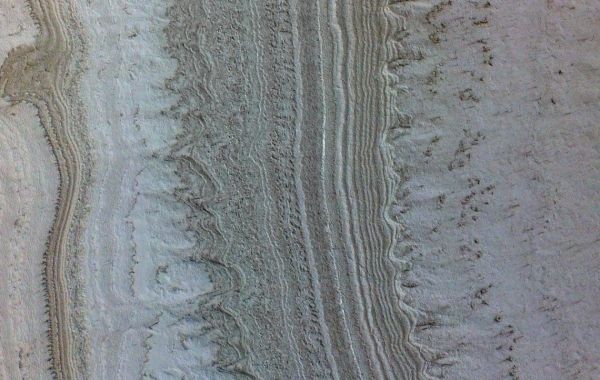For years, scientists have been debating what might lay under the Martian planet's south polar cap after bright radar reflections were discovered and initially attributed to water.
Now, a new study involving a researcher from the University of Arizona puts that theory to rest and demonstrates that another material is most likely the answer.
The research, published in Geophysical Research Letters and led by York University planetary scientists in Canada, uses multiple lines of evidence to show that smectites, a common type of clay, can explain all of the observations – putting the Mars lake theory on ice.
"Since being first reported as bodies of water, the scientific community has shown skepticism about the lake hypothesis," said principal investigator Isaac Smith, Canada Research Chair and assistant professor of earth and space science at York University. "And recent publications questioned if it was even possible to have liquid water."
Read more at: University of Arizona
This image taken by UArizona's HiRISE camera on NASA's Mars Reconnaissance Orbiter shows ice sheets at Mars' south pole. The spacecraft detected clays near this ice; scientists have proposed that such clays are the source of radar reflections previously interpreted as liquid water. (Photo Credit: NASA/JPL-Caltech/University of Arizona/JHU)


